Primary Ovarian Insufficiency (Clinical)
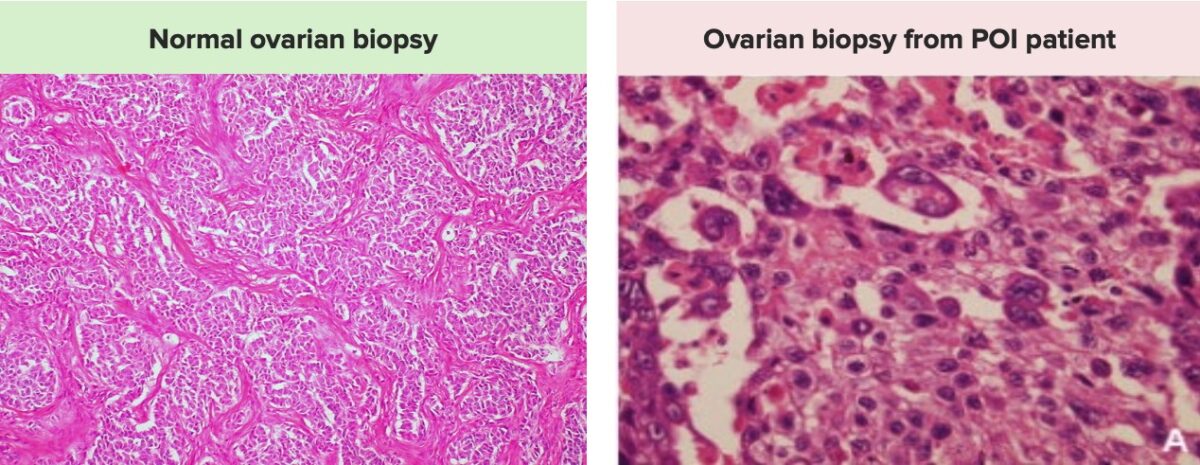
Definition and Epidemiology Definition Primary ovarian insufficiency is the depletion or dysfunction of ovarian follicles resulting in cessation of ovulation and menses prior to age 40. Epidemiology[1,4,6] Pathophysiology Normal physiology of hypothalamic–pituitary–ovarian (HPO) axis[2,4,6] Hypothalamus: Pituitary: Ovary: Clinical importance of functioning HPO axis in younger women: Pathophysiology of POI[2,4,6] Etiology Primary ovarian insufficiency can be […]
Polycystic Ovarian Syndrome (Clinical)
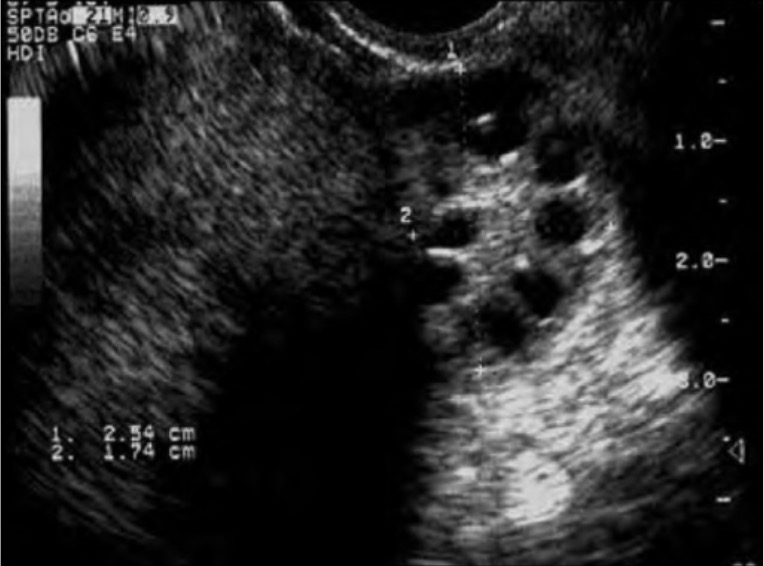
Epidemiology and Pathophysiology Epidemiology Pathophysiology The exact mechanisms are unknown, but thought to be complex and include both genetic and environmental factors. Metabolic syndrome and obesity are often, but not always, present and likely contribute to the pathophysiology in some individuals. Clinical Presentation Polycystic ovarian syndrome (PCOS) should be suspected in any reproductive-age female with […]
Epiglottitis (Clinical)

Epidemiology Etiology Epiglottitis can be bacterial, viral, fungal, or noninfectious. In previously healthy children, most causes are bacterial.[1,3,9] Clinical Presentation Diagnosis Management Management may vary based on practice location. The following information is based on US and UK guidelines. Airway management[8,9] Epiglottitis is an airway emergency, especially in the pediatric population. Preparation for early tracheal […]
Benign Prostatic Hyperplasia (Clinical)
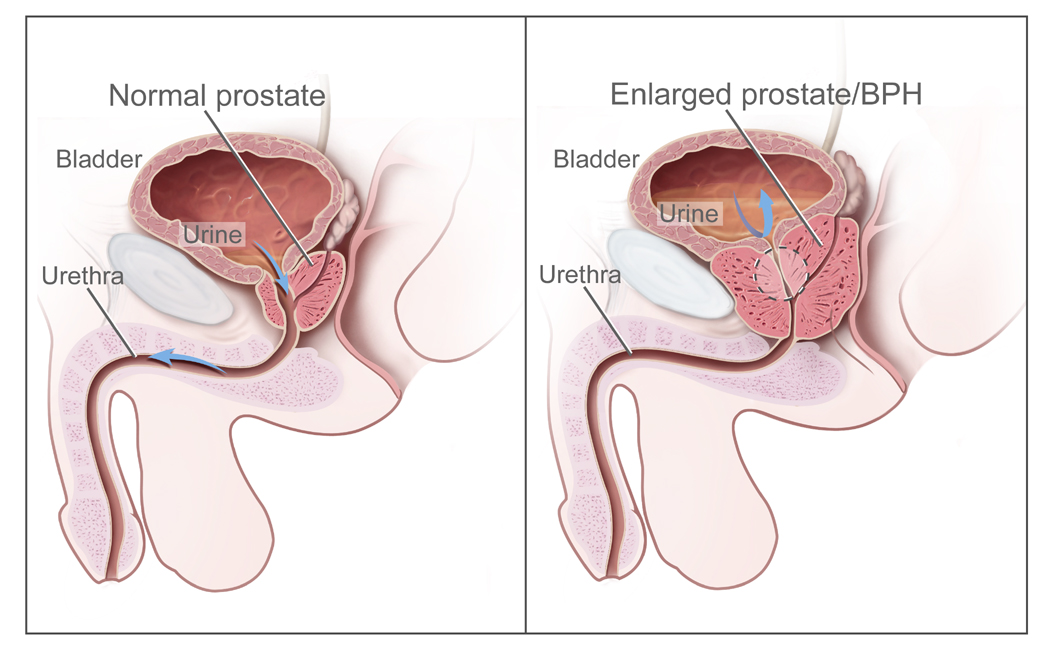
Overview Definition[2] Benign prostatic hyperplasia (BPH) is a histologic diagnosis with an increase in the total number of stromal and epithelial cells within the transition zone of the prostate gland. The overall size of the prostate gland does not correlate with the degree of symptoms. Benign prostatic hyperplasia occurs with bladder outlet obstruction (BOO), leading […]
Hypoparathyroidism (Clinical)

Overview Definition Hypoparathyroidism is a condition associated with insufficient secretion of parathyroid hormone (PTH). Hypocalcemia and hyperphosphatemia are the pathognomonic biochemical features of hypoparathyroidism and result directly from a lack of PTH action on the kidney. Epidemiology[3,10] Etiology[2,4,10,11] Pathophysiology Normal physiology of PTH[1,2,10] Effects of hypoparathyroidism[10] Clinical presentation Acute hypoparathyroidism[7,10,11] Chronic hypoparathyroidism[8,10,11,15] Physical exam[7,10,12] Diagnosis […]
Barrett Esophagus (Clinical)
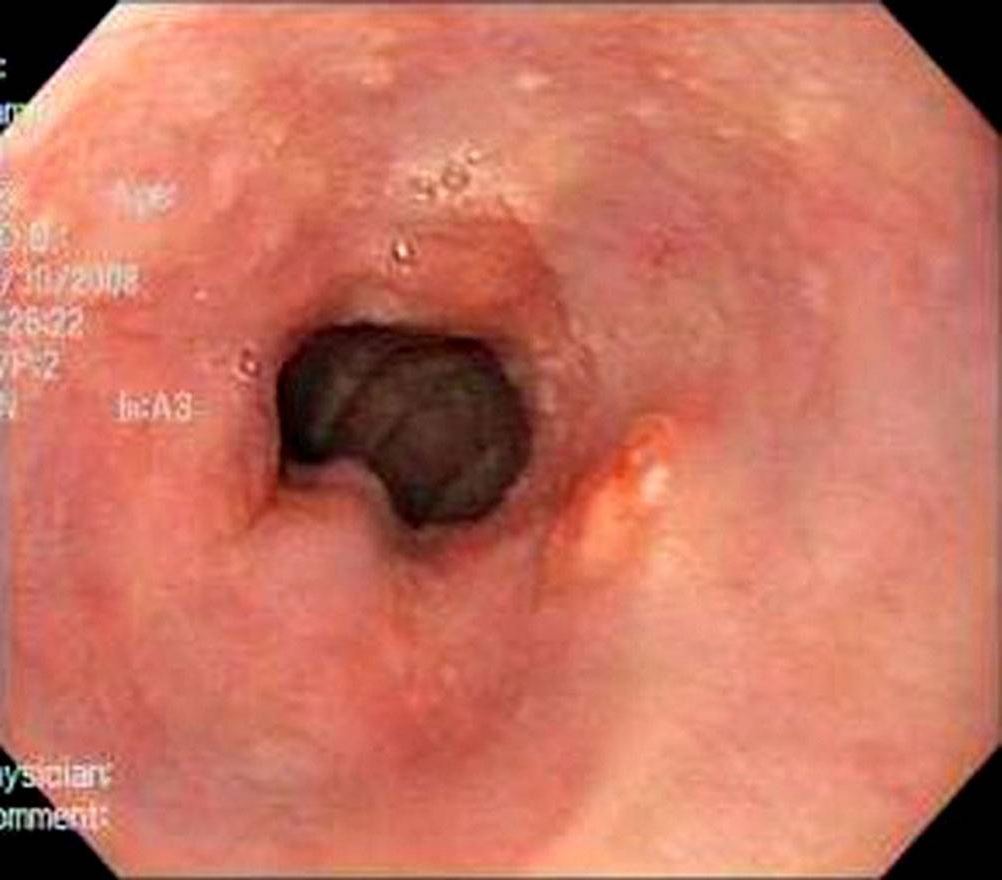
Epidemiology and Risk Factors Epidemiology[3,4,8] Risk Factors[1,2,8] Pathophysiology Mucosal injury[9] Metaplasia[9,11] Dysplasia[9] Progression to cancer[9] Clinical Presentation and Diagnosis Clinical presentation[1,8] Diagnosis[1–5,11,12] Screening recommendations: Procedure of choice is esophagogastroduodenoscopy (EGD): Management The management of Barrett esophagus has been addressed in several society guidelines, and there is considerable disagreement among experts. The information here is based […]
Urinary Incontinence (Clinical)

Overview Definition Urinary incontinence (UI) is the involuntary leakage of urine. Epidemiology[1,3] Etiology and risk factors[2,4,6,7,20,28] Consequences of urinary incontinence[23,28,29] Pathophysiology and Classification Normal bladder function[11,23] Incontinence pathophysiology and classification[28,29] Alterations in bladder and/or urethral sphincter pressures lead to UI. Clinical Presentation and Diagnosis General approach Focus the history on symptoms consistent with incontinence based […]
Long QT syndrome (Clinical)

Definitions Etiology Congenital long QT syndrome[6,13,17] Pathophysiology: Types of congenital LQTS: Variety of associated conditions: Acquired long QT syndrome[1–3,17] Clinical Presentation Congenital long QT syndrome[6,7,17] Acquired long QT syndrome[6,7,13] Diagnosis The diagnosis of long QT syndrome can be made via an ECG of the patient and/or 1st-degree relatives. A careful medication review is indicated for […]
Lipid Disorders (Clinical)
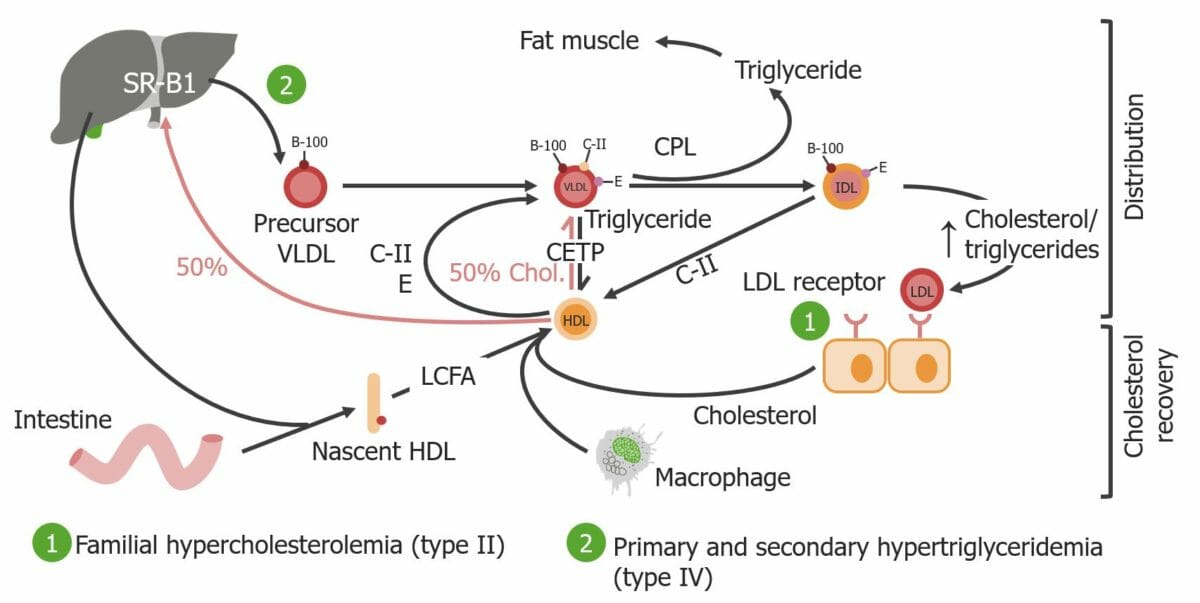
Overview Definition[17] Dyslipidemia: abnormal amounts of lipids in the blood Epidemiology[20] Pathophysiology[17] Etiology and Classification Lipid disorders are due to a combination of diet and lifestyle habits coupled with a genetic predisposition. Etiology[3,17] Causes of dyslipidemia can be divided into primary (familial) and secondary (acquired) causes. Primary causes: Secondary (acquired) causes: Table: Fredrickson classification for […]
Hepatic Encephalopathy (Clinical)
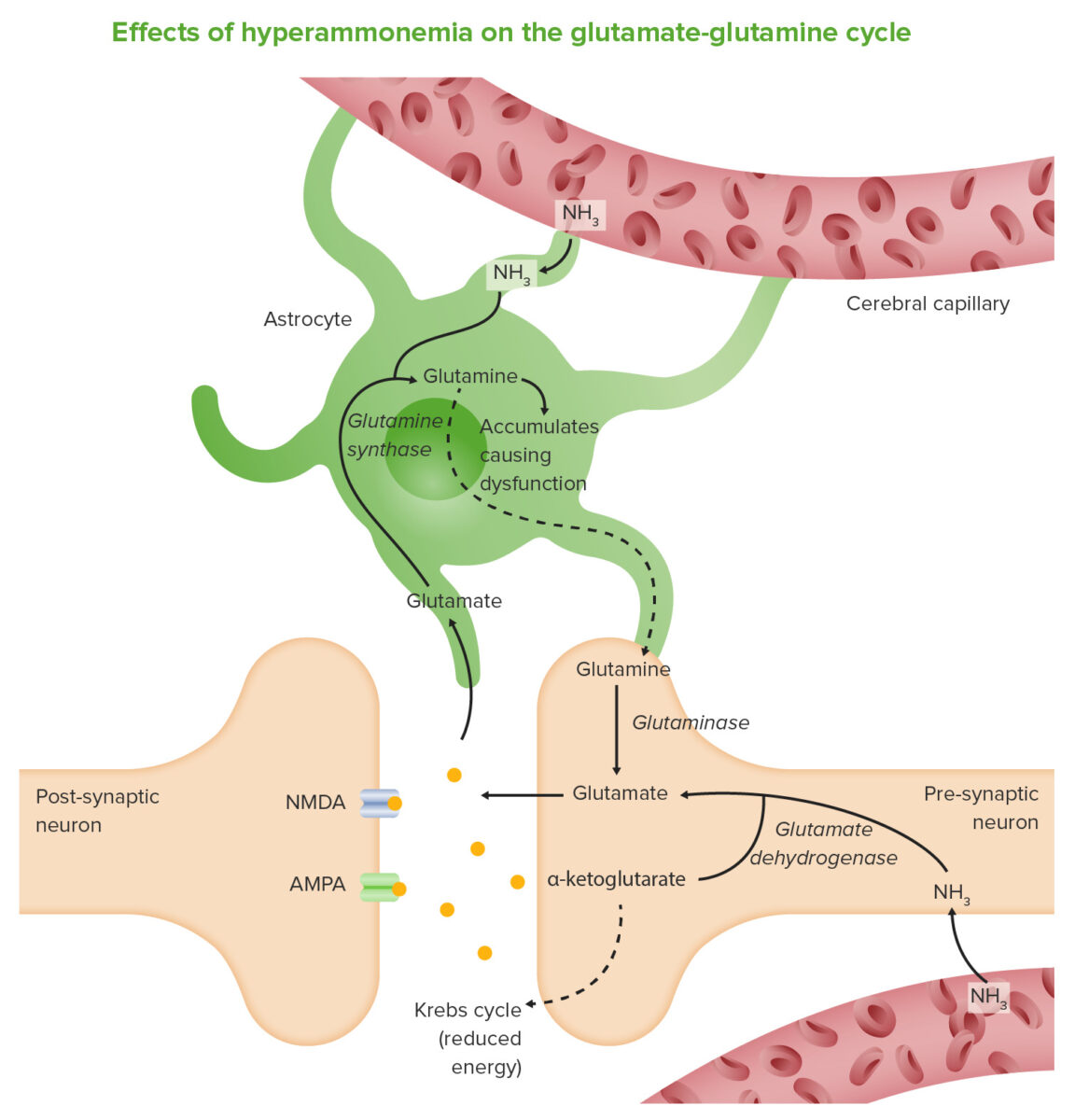
Epidemiology and Etiology Epidemiology[4,5,10] Etiology[4,10] Hepatic encephalopathy (HE) is seen in patients with severe liver disease or liver failure, and can be exacerbated by: Mnemonic Precipitating factors for hepatic encephalopathy can be remembered by the mnemonic “HEPATICS”: Pathophysiology Normal physiology:[2,10] Liver disease allows disruption of normal ammonia regulation through:[2,4,10] Impaired brain function results from a […]